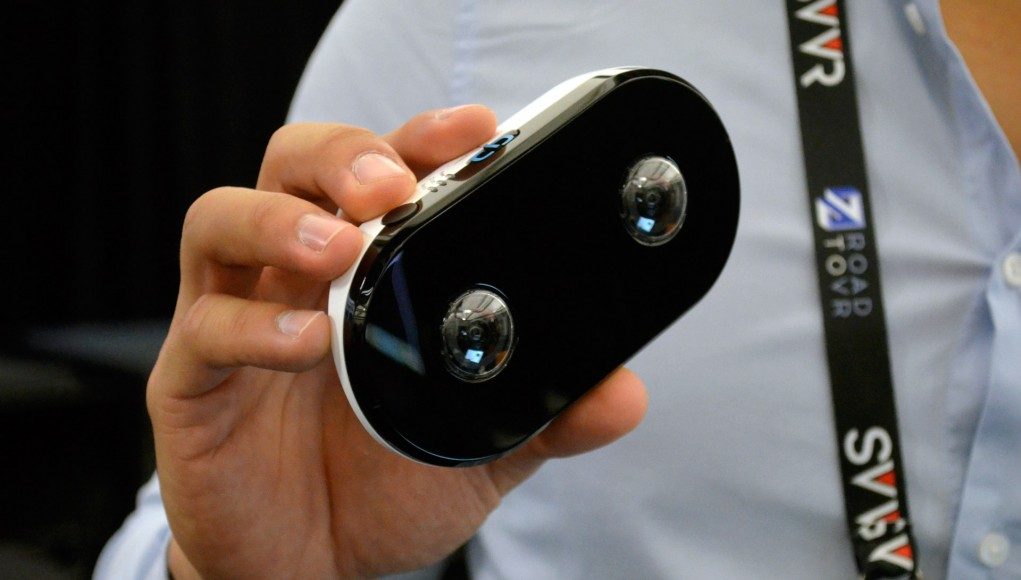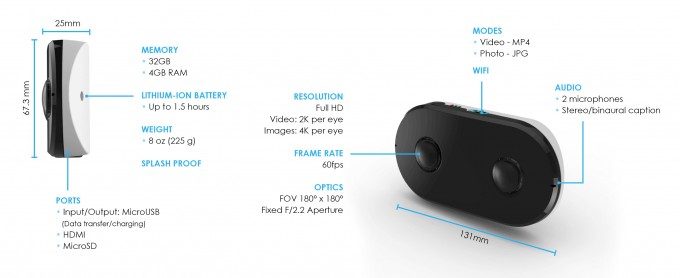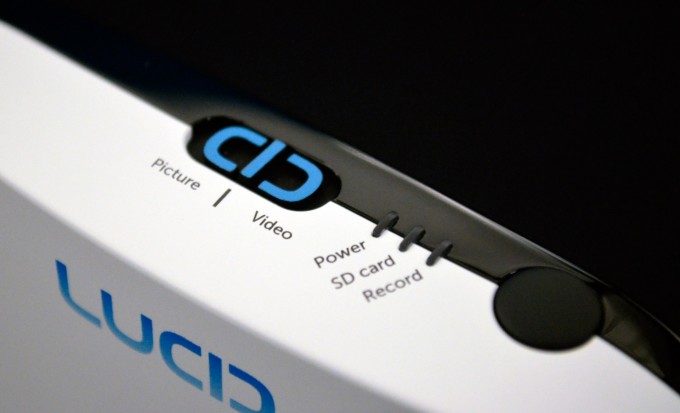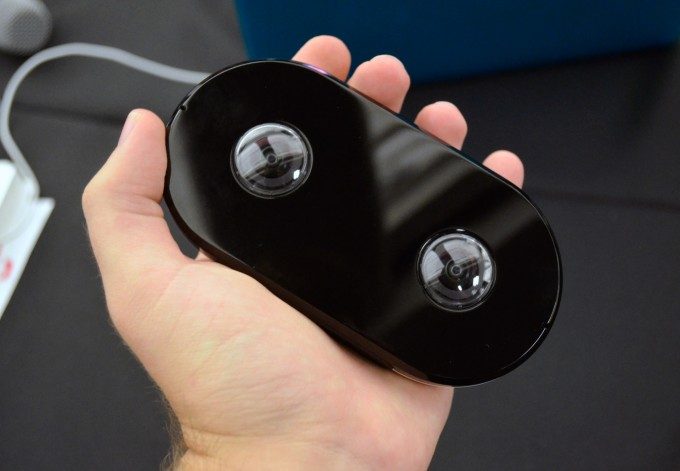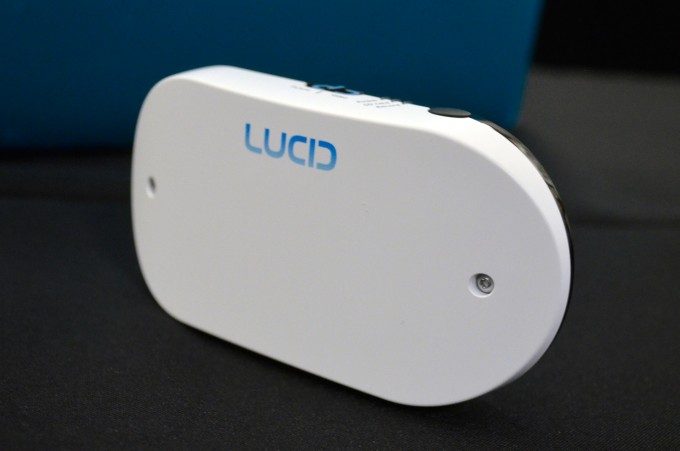Lucid VR, the makers of the stereoscopic 3D camera LucidCam, today announced a seed funding round to the tune of $2.1M, bringing a significant raise in funds to the team’s successful Indiegogo campaign which attracted over $100,000 in funds over the course of November and December of last year.
Partnering with Wistron Corporation, a Taiwan-based ODM (original design manufacturer) that makes mobile tech under Microsoft’s Android patents, Lucid VR will be delivering the now Wistron-produced cameras to campaign backers and pre-order customers alike. Including Wistron, Lucid VR has received funds from S2 Capital, Lab360, TEEC Angel Fund, 17 Miles Technology and other angel investors.
Last fall we went hands-on with a prototype of the pocket-sized stereoscopic 3D camera. Road to VR’s Executive Editor Ben Lang reported that the video output “looks quite sharp compared to 360 degree devices—as the pixels are more densely concentrated in front, rather than stretching all the way around you—and there’s no need to stitch multiple camera views together, eliminating potentially unsightly seams…”
LucidCam offers 60 fps, 2K per-eye resolution video (4K per-eye photos) with 180-degrees FOV for each eye, so while you’ll only be getting half of the visual field offered by 360 cameras, the perceived image quality is remarkably better, and in stereoscopic 3D. Dual microphones also allow for binaural sound capture.
See Also: LucidCam is a Sleek 3D 180 Camera for VR Video, IndieGogo Campaign Live
While you can technically mount three LucidCams together to attain 360-degree 3D capture, the camera’s small form-factor—about the size of a glasses case—is one of the camera’s biggest selling points. To its credit, the single ‘pocketable’ front-facing LucidCam lets you shoot video and photos in a way you’re already familiar with, and while this isn’t necessarily paradigm-shifting, the current pre-order price of $399 is sure to capture the attention of VR enthusiasts looking to get their hands on what amounts to a high-quality, and fairly inexpensive stereoscopic camera.
LucidCam was created over the last two years by serial entrepreneur Han Jin, and his co-founder and company CTO Adam Rowell, a Stanford PhD in electrical engineering who is specialized in computer vision and image processing. Coupled with Wistron, a global Fortune 500 company with $20B revenue, LucidCam will be going into mass production and delivering to customers in the later half of 2016.

